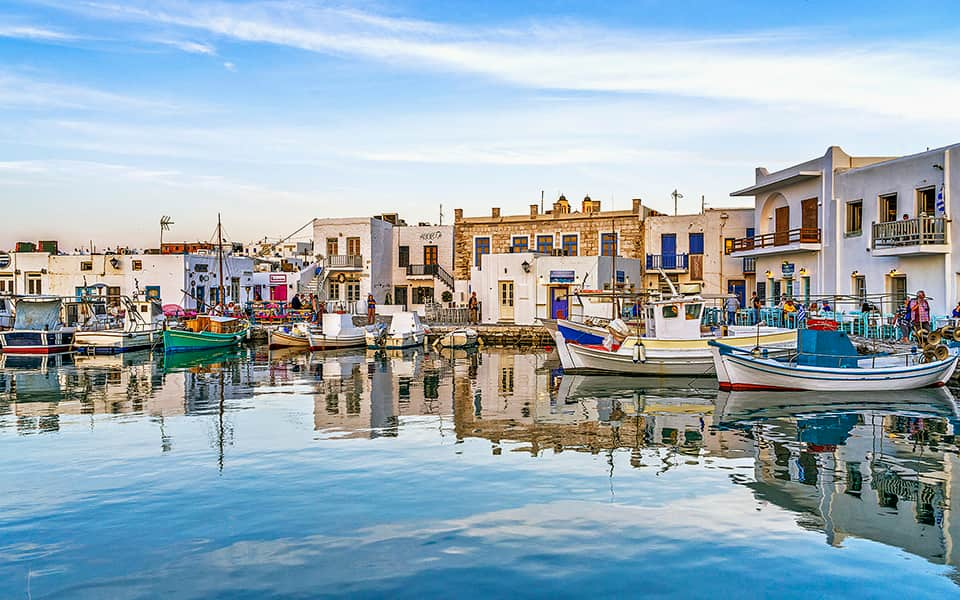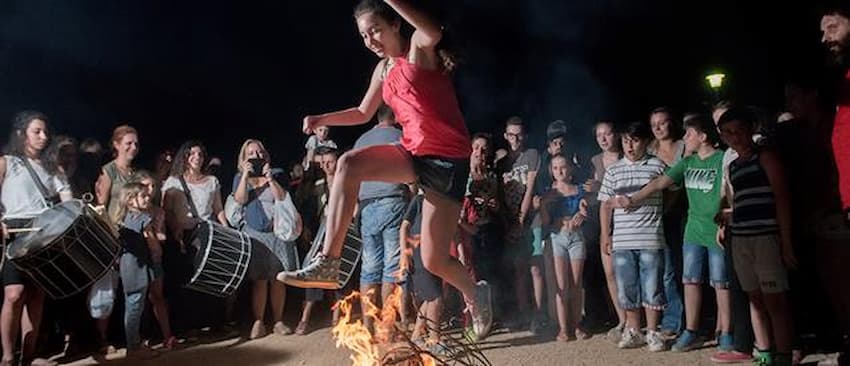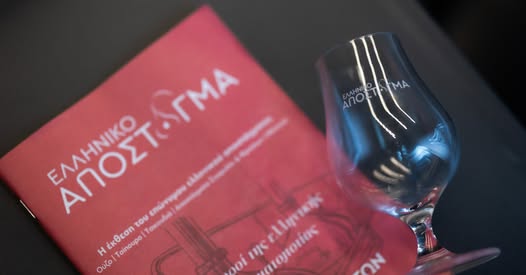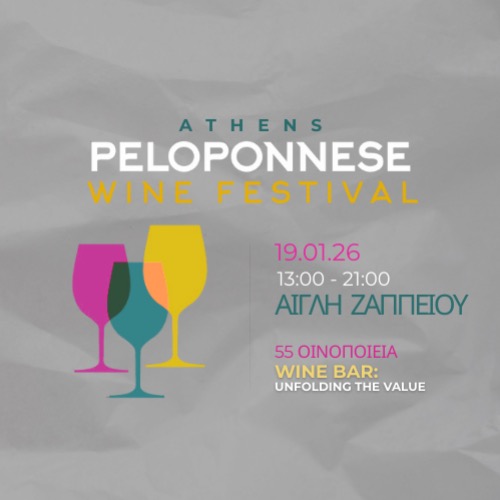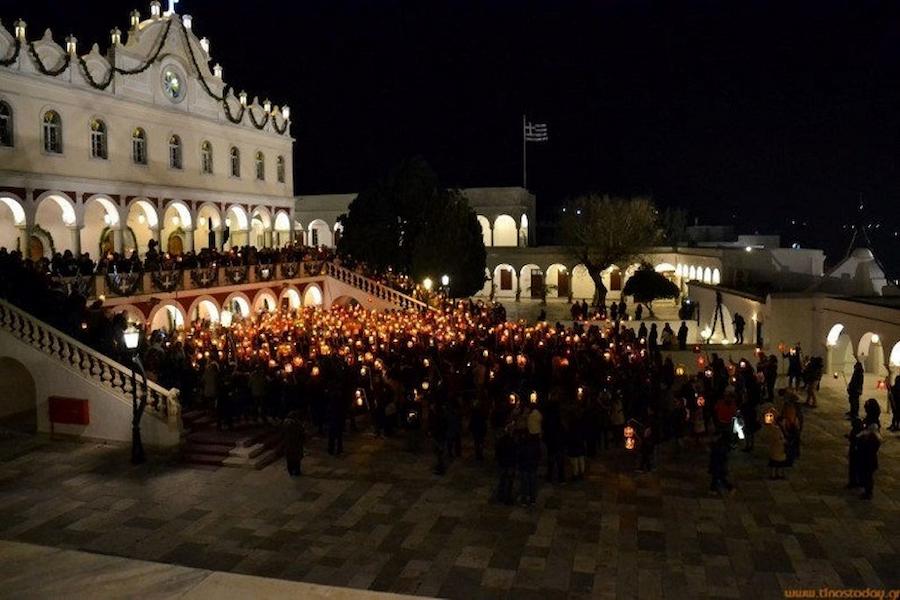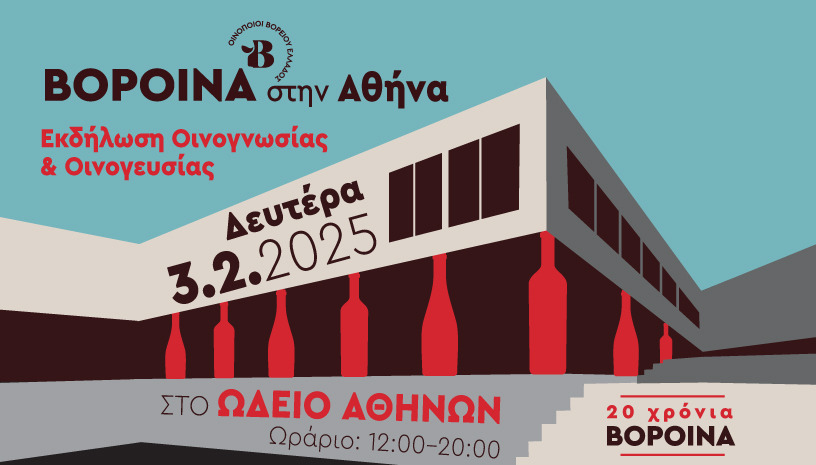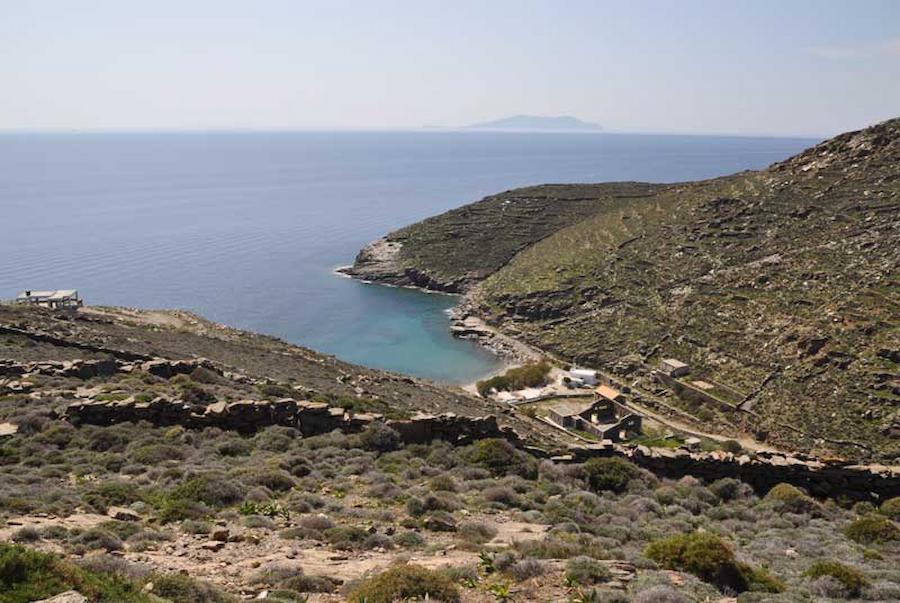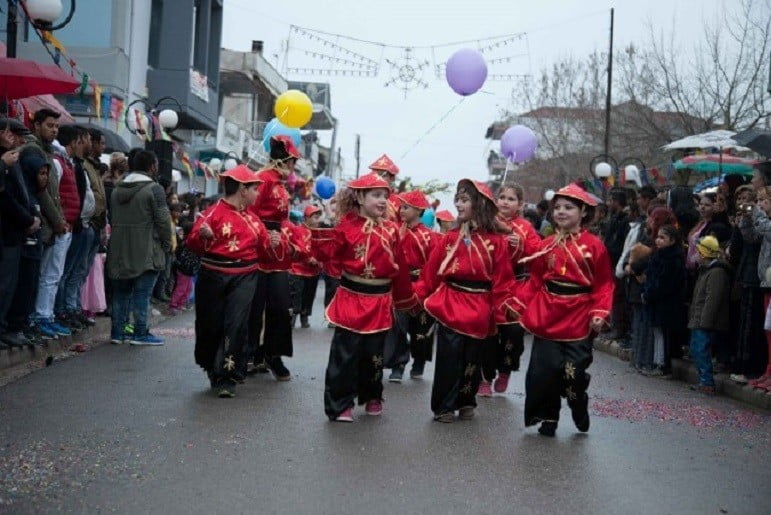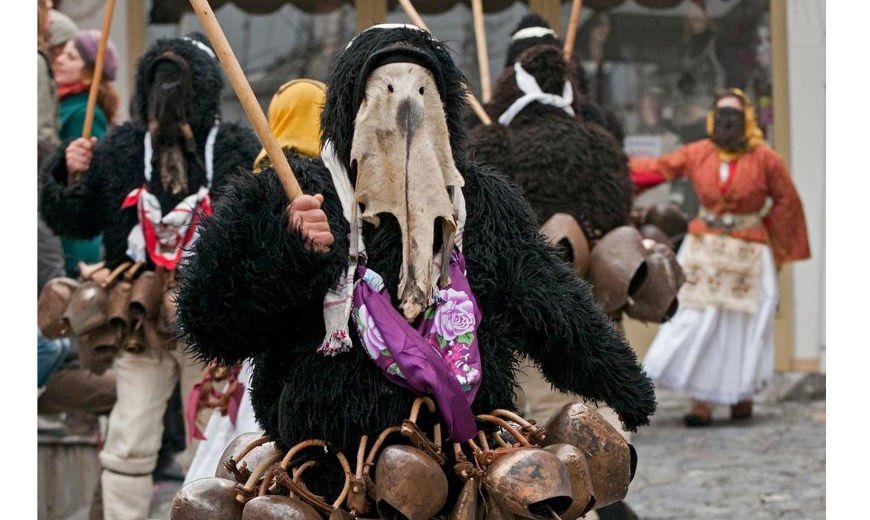Naousa is the second largest village on Paros boasts the largest fishing fleet in the Cyclades and maintains the beauty of Venetian architecture, making it one of the most beautiful fishing villages in Greece. Built around its harbor during the Byzantine period, it was fortified by a wall that terminated in a Venetian bastion named Kastelli, parts of which remain intact. In the port of Naousa, the Russians set up their headquarters during their occupation of the Cyclades in 1770 under the leadership of the Orlov brothers.
Today the beautiful port is filled with fishing boats and fishermen, who catch fresh fish and other seafood. The fishermens’ old sheds have been transformed into taverns, traditional cafés and ouzo bars serving fresh seafood appetizers. At night people from all over the island are drawn there for an evening of fun.
The church of St. Ioannis Prodromos holds its annual celebration on June 23rd with a festival that is one of the largest of Paros. It revives the custom of Klidonas, usually in the courtyard of St. Athanasios church, where the residents light large fires and burn their “maides”, their wreaths they weaved on May 1st, a Greek custom in which people go to the countryside and pick flowers that they make into wreaths which are then hung on their doors to dry.
Leaping over open fires is thought to exorcise the evil spirits, in which and according to tradition the future husbands of the unmarried women are revealed. In the performing the fable of the Amilito Nero (Silent Water), young ladies, dressed in traditional garb, reenact the silent transporting of water which, according to popular tradition, will result in their future husband being revealed in their dreams. Seafood delicacies are served in abundance and traditional music keeps playing until dawn. All residents as well as numerous visitors participate with religious solemnity to the festivals of Paros, attending vespers and, following the divine liturgy, contribute in their own way to the feast. Some bring the traditional alcoholic beverage, souma, or wine while others bring pies, revithada, or other delicacies they have prepared before at home and the festival culminates with feasting, dancing and singing that goes on for many hours.
The most famous Parian dishes are the kakavia, gouna (salted sun-dried fish), salatouri, kolokythokeftedes, tomatokeftedes, chick peas in the oven, ambelofassoula, fava, karavoli, kalfa with skordalia. The cheeses are also exceptional. Xynomizithra, ladotiri, brine cheese, touloumisio and mizithra, combined with paximadi, and kritharokouloures. Housewives make spoon sweet, rafiolia, mizithropitakia, lambrokouloura, lazarakia, petimezenia (cookies using petimezi instead of sugar) and skaltsounia as well as the traditional alcoholic beverage souma.
Photo: aboutparos.gr

